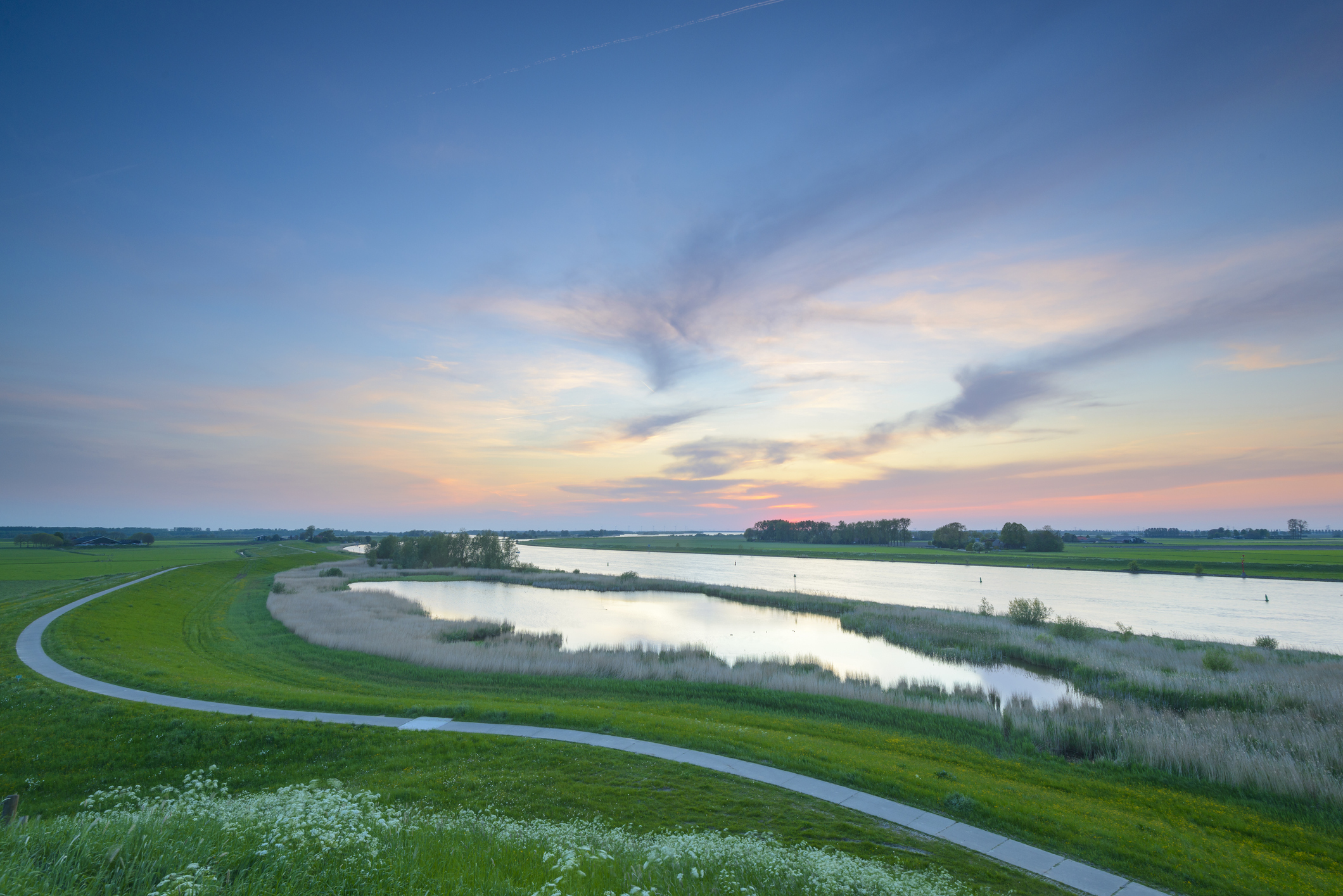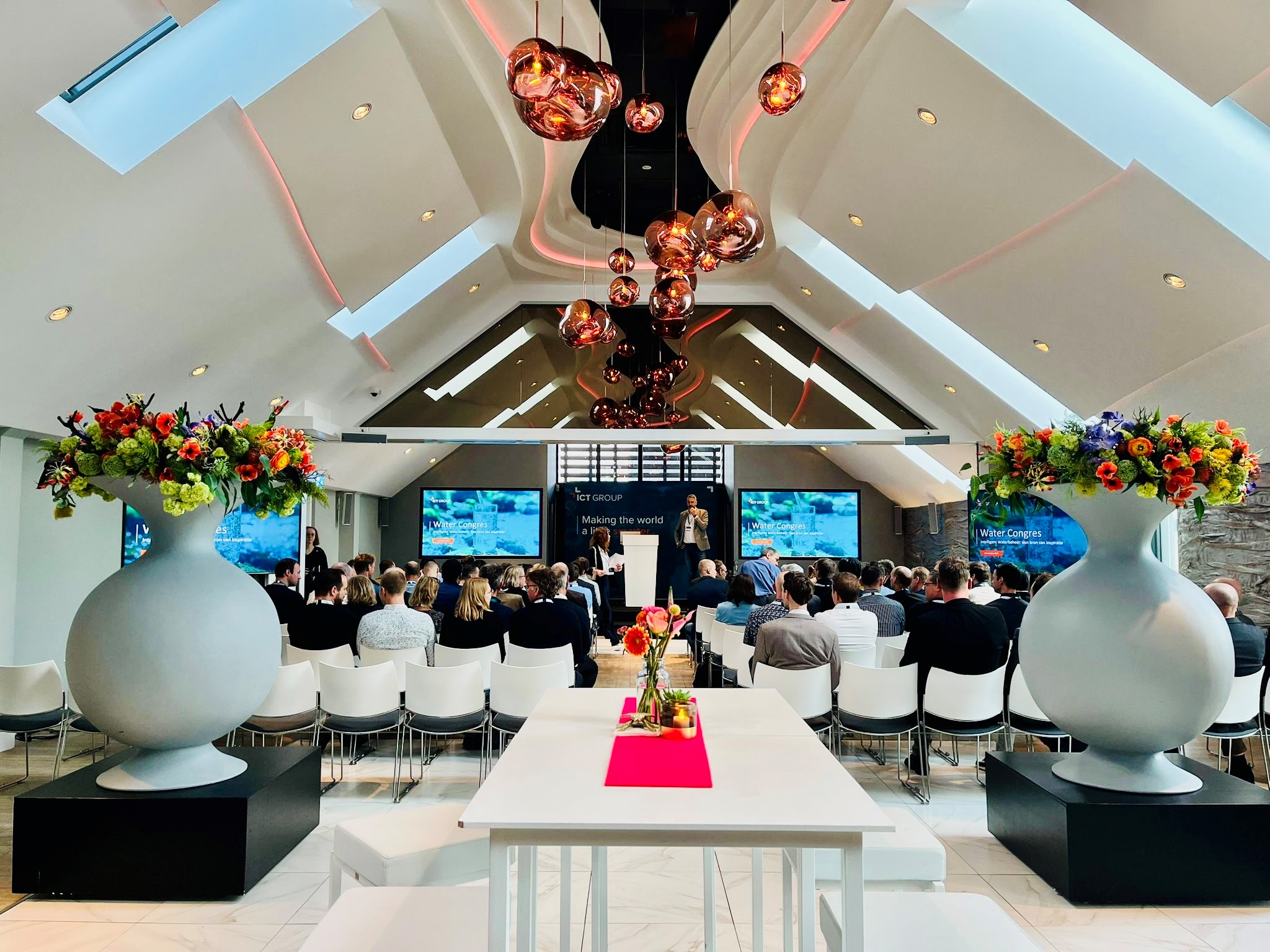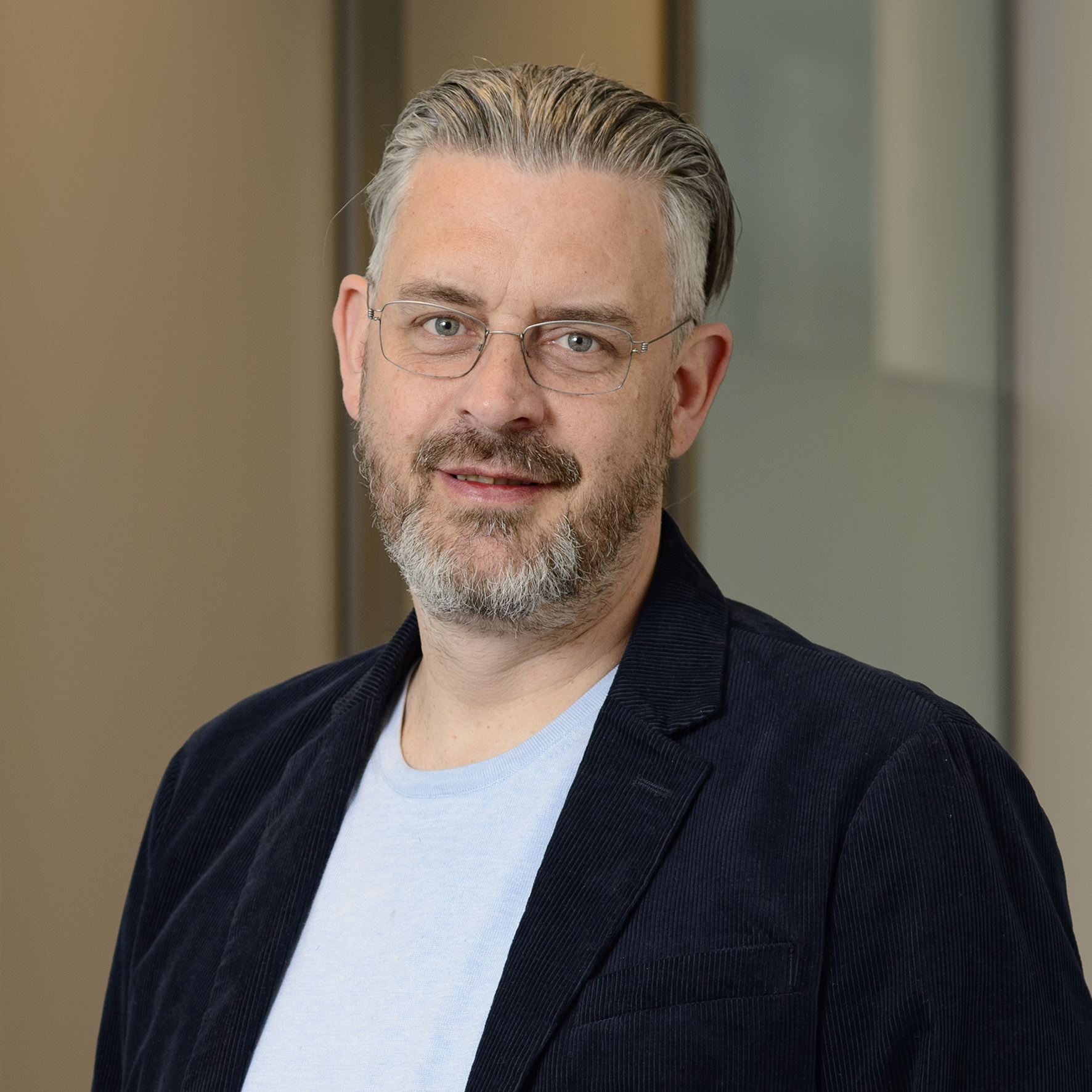
News
Sustainability is license-to-operate
Energy management system secures sustainable operations
- 28 June 2024
Speaking is Eric van der Laan, business developer at ICT Group. "As a supplier of total solutions for industrial automation, we more and more often sit at the table with infrastructure contractors, water boards and asset managers for energy-optimization projects, also to prevent business operations from being compromised."
A striking example where sustainability touches license-to-operate is the recent report of a major grid operator advocating switching off public charging stations between 4 p.m. and 9 p.m. At these peak times, the grid is already bursting at the seams, resulting in potential power outages. "It is also important for companies and asset managers to monitor energy consumption and not go too much outside the regular consumption profile," Eric says. "Because the more you deviate, the more expensive it becomes, while there are also considerable savings to be made if you optimize consumption. Apart from the fact that the grid operator even has the option of shutting you down. Then all of your business operations come into play. In other words, your sustainability policy gets an extra boost if you also link an economic objective to it."
"It gets people excited because they see results, and then it gives them new ideas."
-Eric van der Laan, Business Development Manager at ICT Group
Optimal coordination
ICT Group is an implementation partner of ABB's Optimax Energy Management System. "The system provides insight for the (large) consumers, in the usage profiles of equipment and ensures optimal tuning in such a way that peaks are minimized and the capacity of the connection can remain limited," explains Cuno van den Hondel of ABB. "It is even possible to seek coordination outside your company in order to make agreements with the grid operator about your consumption in order to keep the electricity network stable. Sustainability is saving energy where possible, using your own generation as much as possible, and matching consumption as much as possible to the capacity of the grid and available renewable energy. That's what Optimax does." Eric translates this to the infrastructure sector. "In a tunnel, you only start pumping rainwater out of basements when the energy is self-generated or the cheapest on the market. Water boards and municipalities are also perfectly capable of making these kinds of considerations."
The energy fingerprint
Optimax thus provides concrete tools to achieve sustainability goals taking into account the economic aspect of market prices and connection costs, Eric says. "This is done on the basis of insight and monitoring, but of course also offers prospects for further optimization."
According to the gentlemen, implementing a platform like Optimax is a "change process" that is not just technical. Start small and grab the low-hanging fruit first, they say. "It gets people excited, because they see results, and then it brings them new ideas. This creates progressive insight," notes Eric. Cuno adds: "ABB Optimax has extensive functionality, but to give parties an initial experience we have developed 'the energy fingerprint' together with ICT Group. It's a low-threshold proposition where we do an initial exploration of a specific asset or location for a limited fee. That way, managers can experience for themselves the added value of the energy management system in a specific situation and then translate it into broader (sustainable) business operations."
Basically, ABB provides the Optimax energy management system and the in-depth expertise around the use of the platform, while ICT Group - with a long track record in automating and digitizing infrastructure - takes care of the implementation and the link to the equipment in the field so that the platform can be used concretely.
This article was written by Roel van Gils for gww-bouw.nl.



